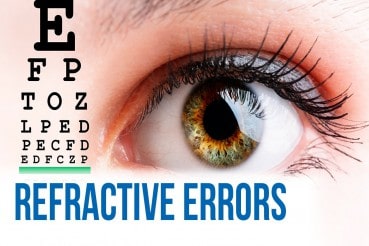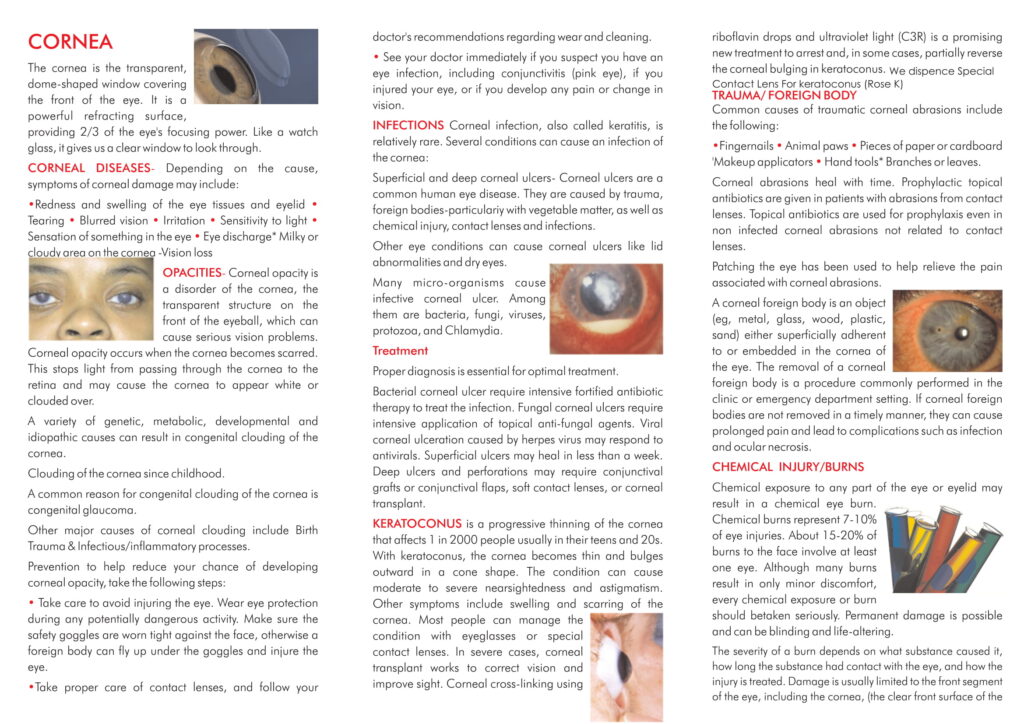Myopia is the medical term for nearsightedness. Myopia occurs when an eye is too long or the cornea’s curvature is too steep. Light rays entering the eye do not come to a sharp focus on the retina. Instead, they focus farther forward, producing a blurred image.
The term nearsighted means that myopic individuals can see “near” objects clearly without glasses, but objects further in the distance are blurred. The more myopic, the more blurred distant objects appear, the higher your eyeglass prescription and the thicker your glasses needed for correction.
Myopia can be corrected by any method that reduces the total refractive power of the eye. Eyeglasses and contact lenses do this by putting in front of the eye “negative” lenses that are thicker at the edge than in the center. LASIK procedure by flattening the central part of the cornea decreases the refractive power of the eye.




